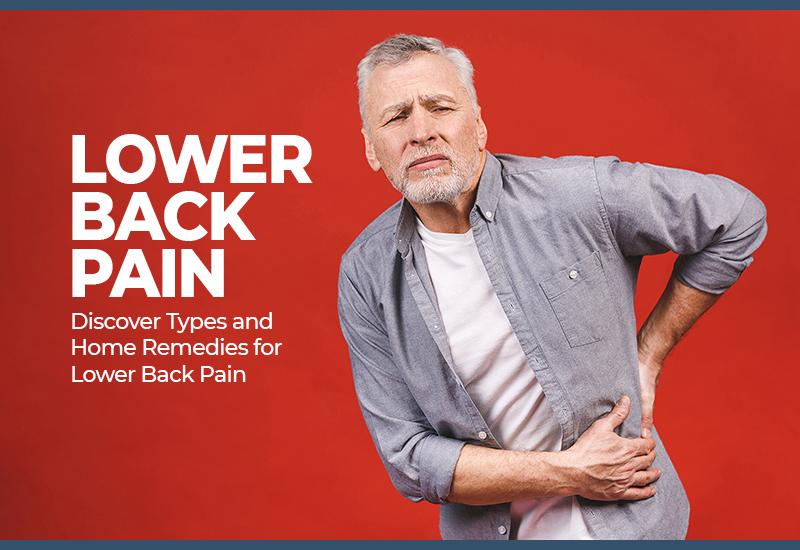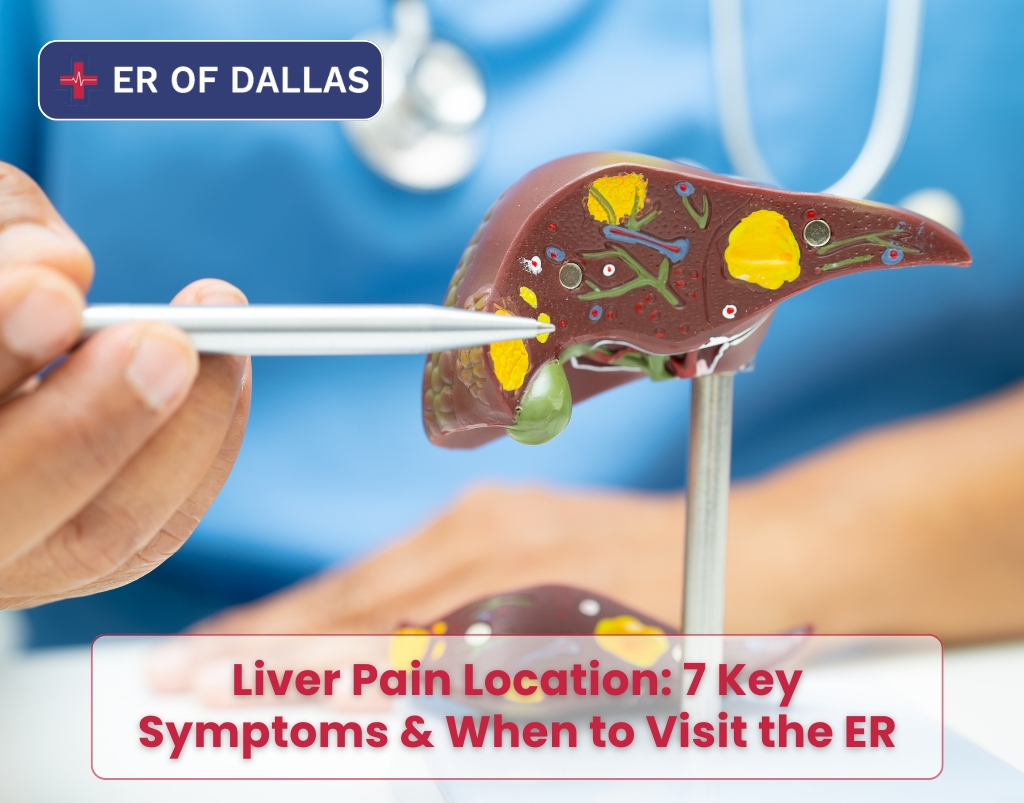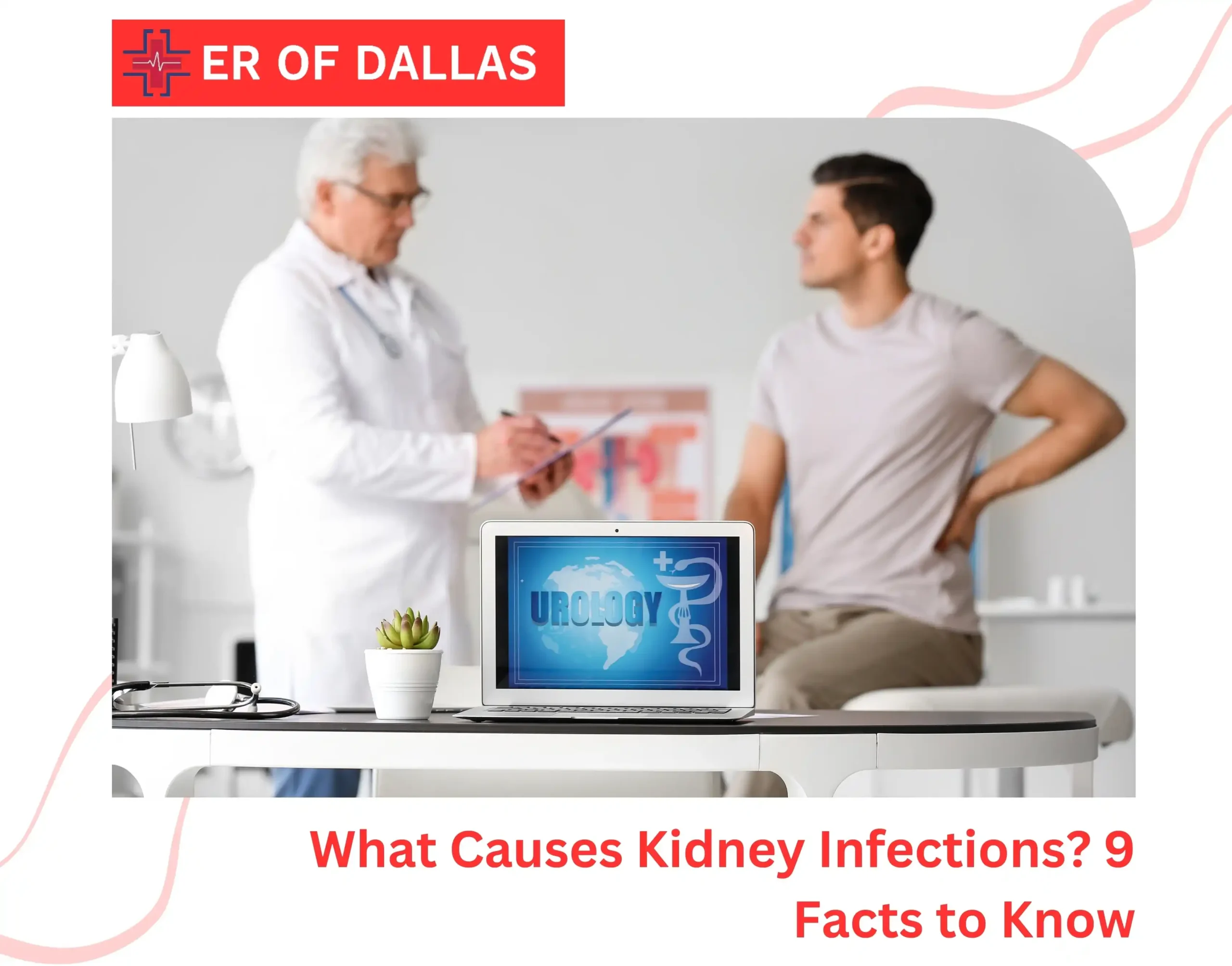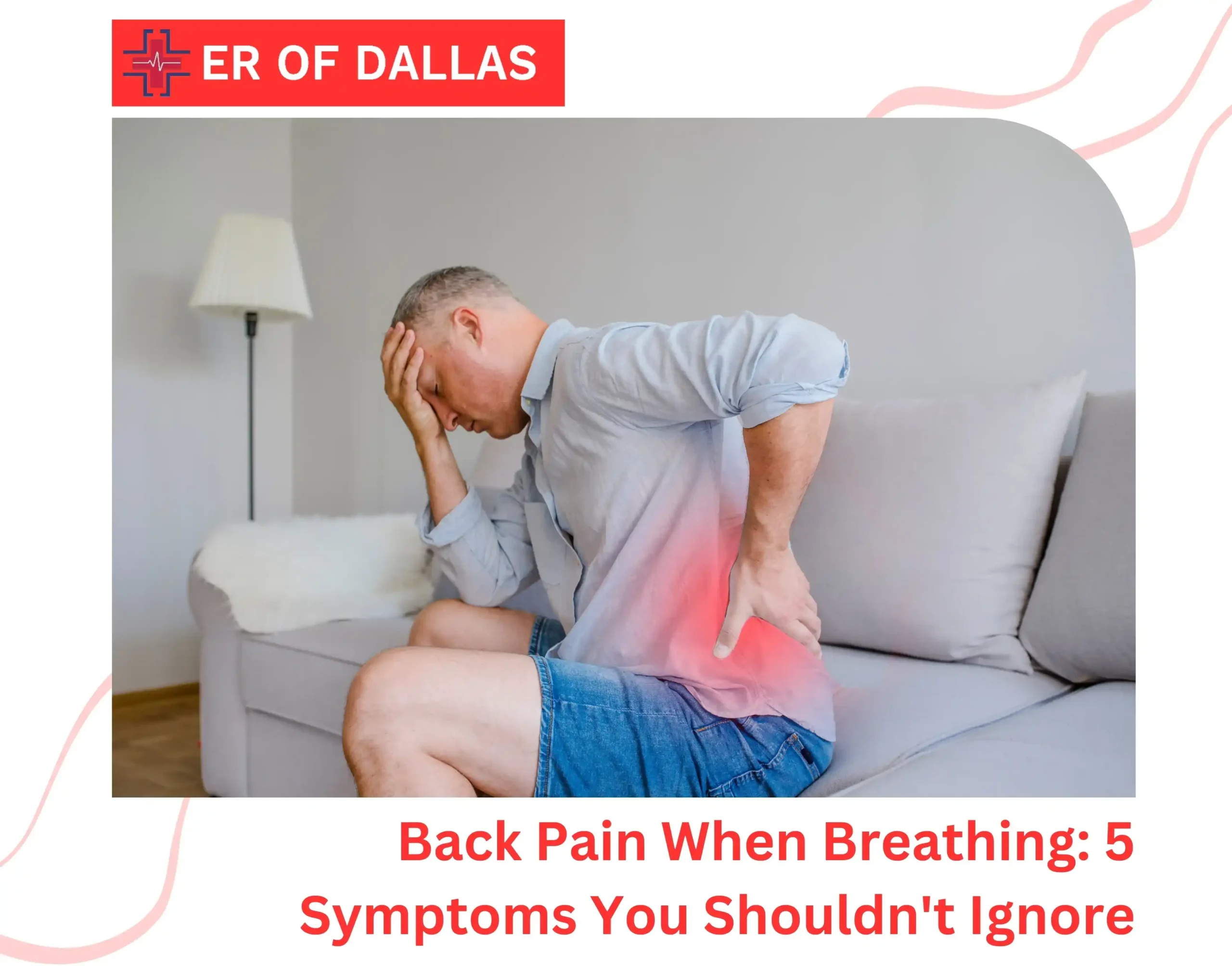What is Back Pain?
Back pain also called back spasms is one of the most prevalent causes of people paying a visit to a physician, and it is the main reason for disability globally.
Luckily, you can take precautions to stop or reduce most back-pain occurrences. If prevention fails, many treatments and care can help your back issue within a few days and keep it active. Surgery is not always required to recover from backache.
Types of Lower Back Pain
Lower back pain can be continuous or it can be periodic. Generally, there are three types of lower back pain.
1. Generalized Muscular Pain
The main factor to see when a person is suffering from severe muscular discomfort in the back is whether it is in the whole back or focused on one side. It results from lifting a heavy load, muscle extensions that increase the tension in the lumbar region. It can also be the result of sudden, abrupt motion liking falling.
2. Muscle Spasms
Less common than general muscle aches, muscular spasms are also a popular indication of lower back pain. Muscle cramps happen when the back tissues unwillingly shrink. Similarly, to nonspecific muscle aches, back cramps are most often due to curving, weightlifting, or strenuous activities.
3. Radicular Pain
Radicular is also frequently occurring lower back pain and two factors plays an important role in this pain:
- Degeneration of the spine vertebrae, which act as a shock absorber in the back region
- Twinging in multiple neural roots.
Patients experiencing radicular pain may also feel numbness. Radicular pain is also known as sciatic nerve pain, a very prevalent and distressing disorder.
Care of Back Pain
There are many cares and exercises for back pain, which you can try. Adopting these measures into your daily lifestyle can restore back strength.
1. Daily Walk
The best thing a person suffering from back pain can do is keep moving. Many people do not like to walk when they are suffering from constant lower back pain. The doctor suggests a 20-30 minutes’ walk daily.
2. Stretch and Strengthen
Strong muscles, particularly in your abdomen center, help support your back. Strength and agility in those may aid in both alleviating your ache and avoiding it.
3. Straight Posture
This allows you to relieve the pressure on your lower back. You can use bands, belts, or stretchy straps which can assist in aligning your back. Aim to keep your head focused on your abdomen.
5. Quit Smoking
Many types of studies have shown that non-smokers are less likely to suffer from back spasms or ache as compared to smokers.
4. Maintain the Body Weight
Losing additional kilos lightens the burden on your lower back. If you need assistance, ask your doctor for guidance on a nutrition and workout plan that is perfect for you.
How to Diagnose Back Spasms?
Lower Back pain can be a painful experience your physician will analyze your vertebrae and evaluate your capacity to do the physical work with your legs. Some doctors also ask the patient about the severity of the pain and diagnose the cause of back problems. In addition, they may also ask the patient to run the tests to have a clear picture of the condition.
1. X-ray:
These photos display the alignment of your ribs and they help find the inflammation or shattered vertebrae. However, an X-ray cannot demonstrate the issue with these images alone and won’t show problems with your vertebral column bones, neurons, or disks.
2. MRI or CT Scans:
Images from CT scans can produce photos that can uncover rupture disks or problems with bones, muscles, tendons, ligaments, nerves, muscles, and blood veins.
Your treatment can be a difficult phase for you. If you need assistance to regain your strength and physical ability, you can visit any Plano physical therapy center for the purpose.











